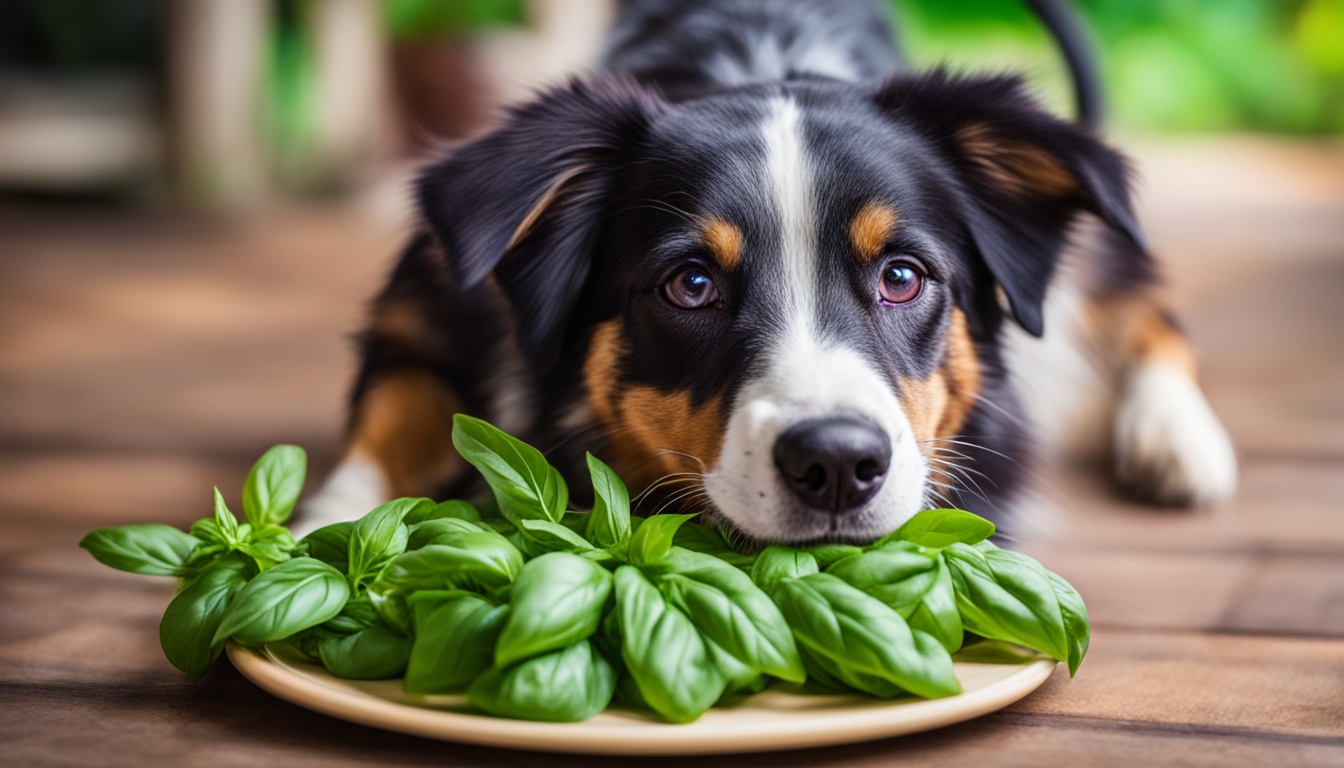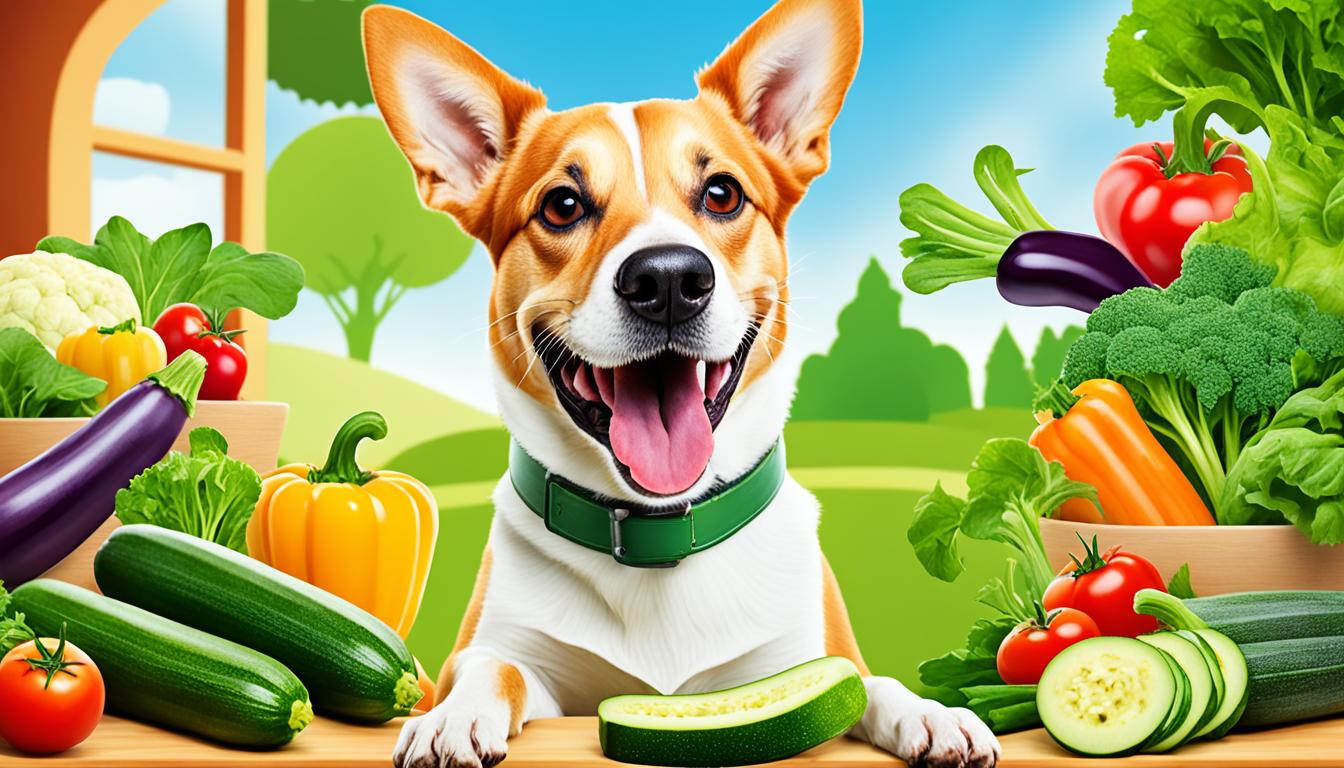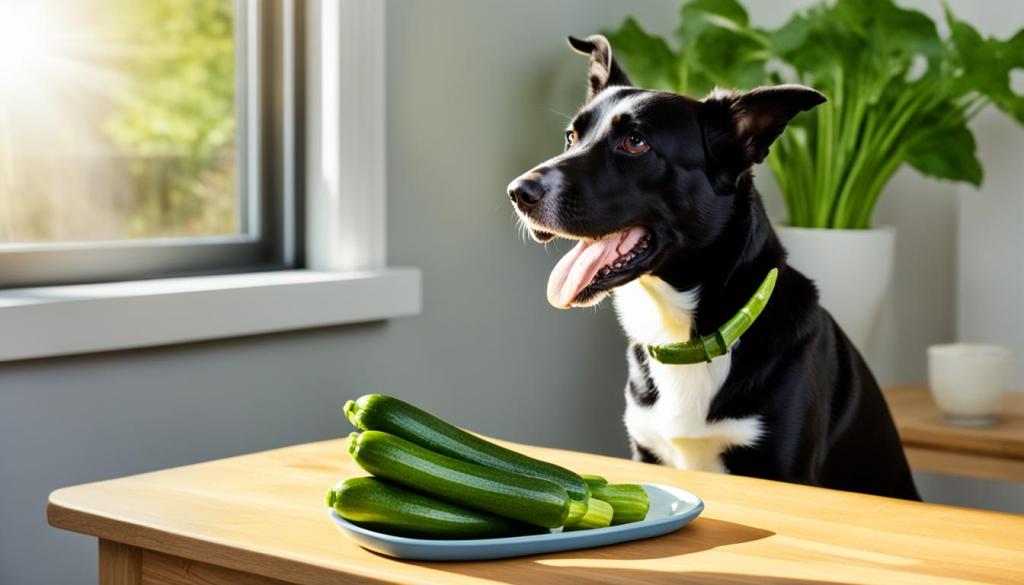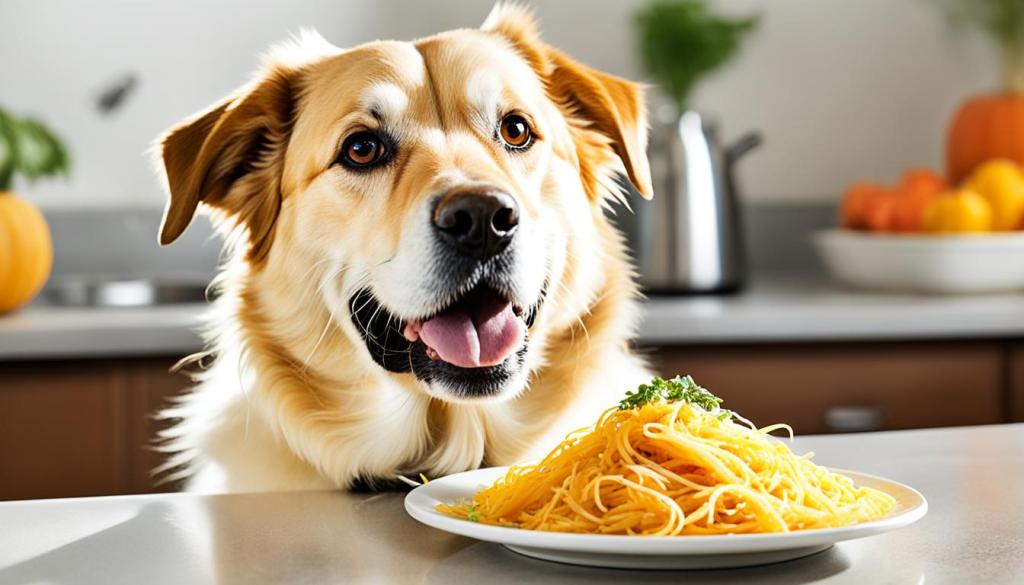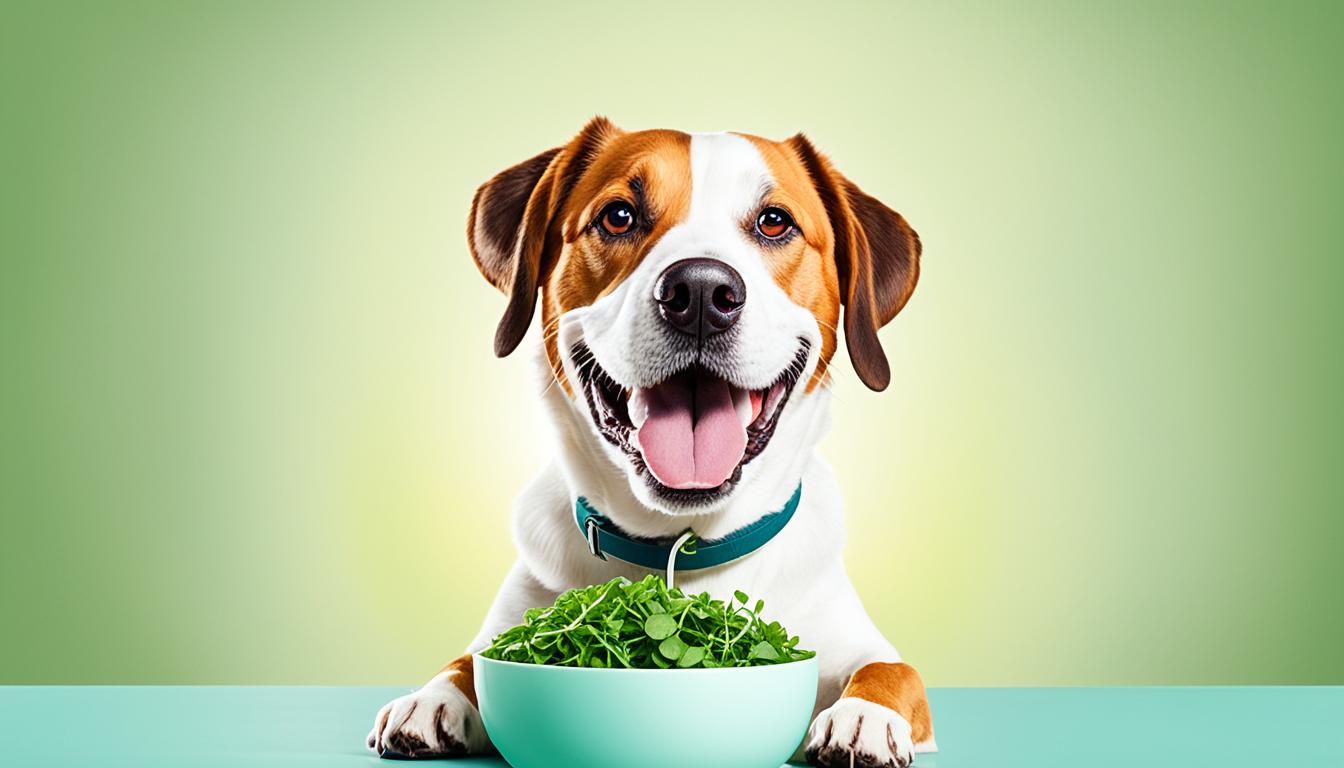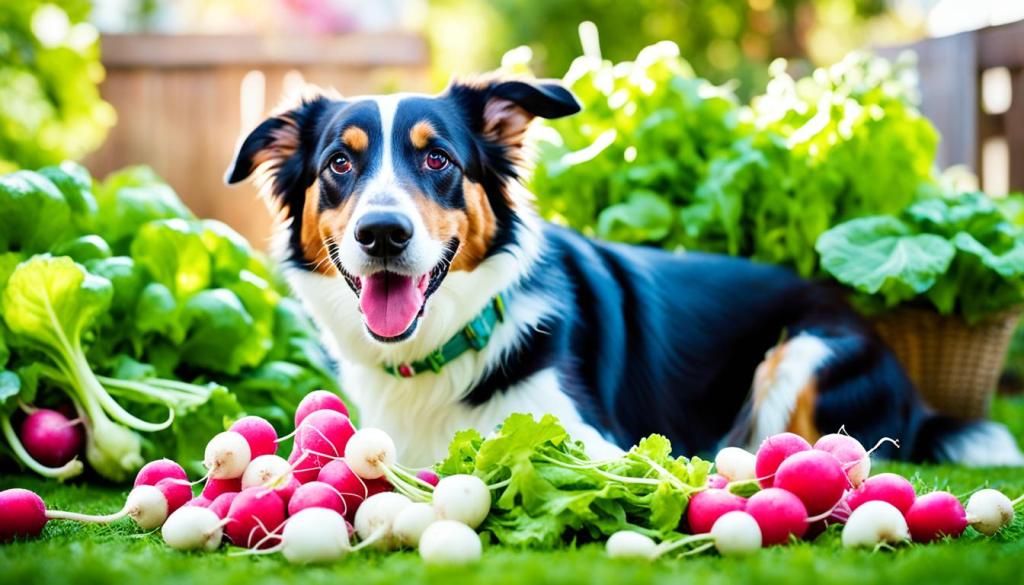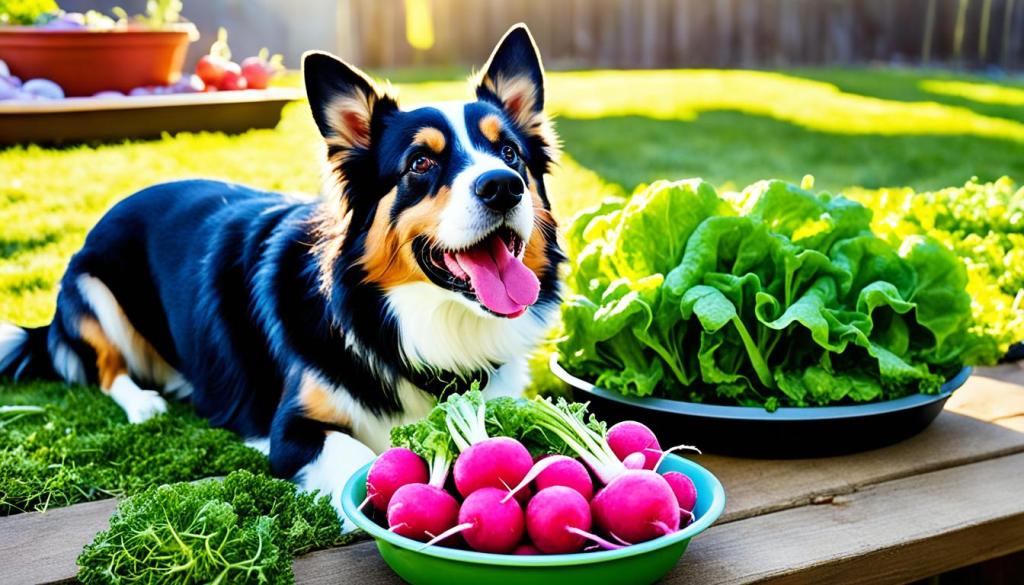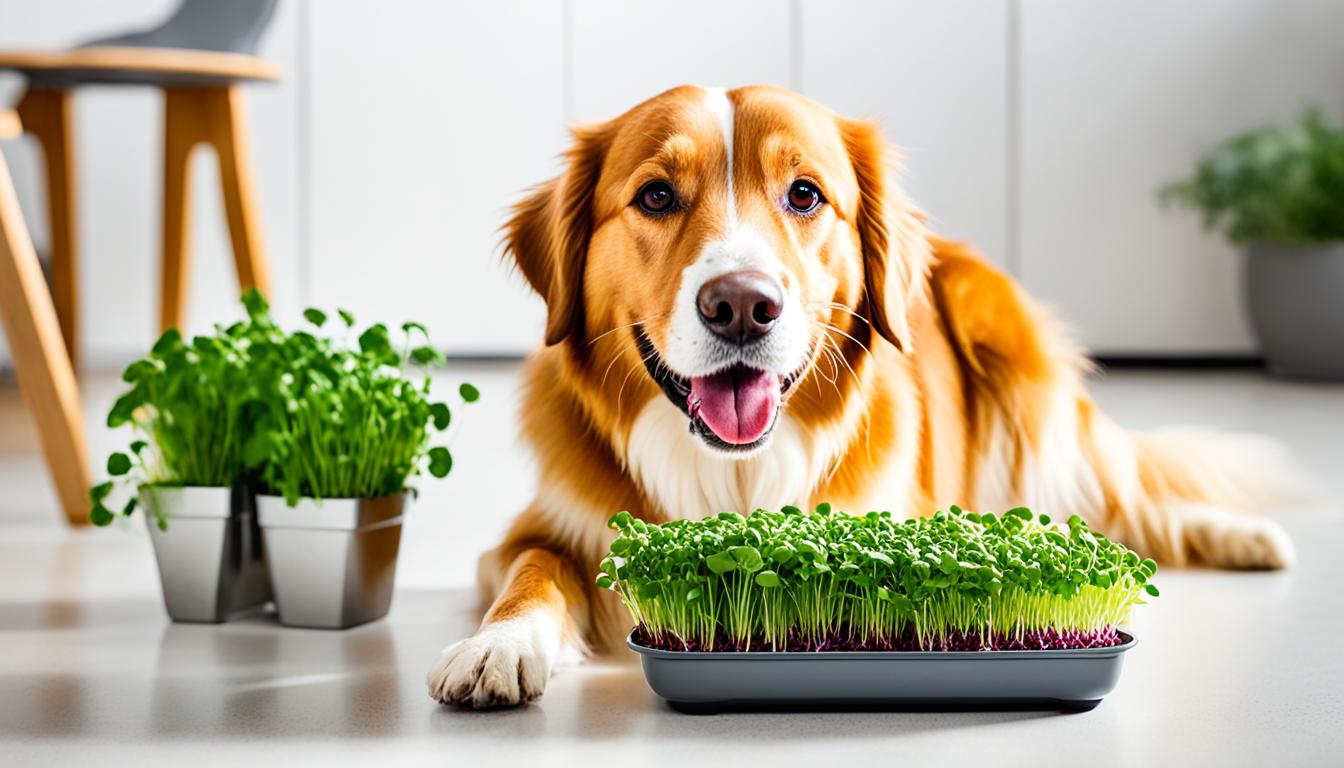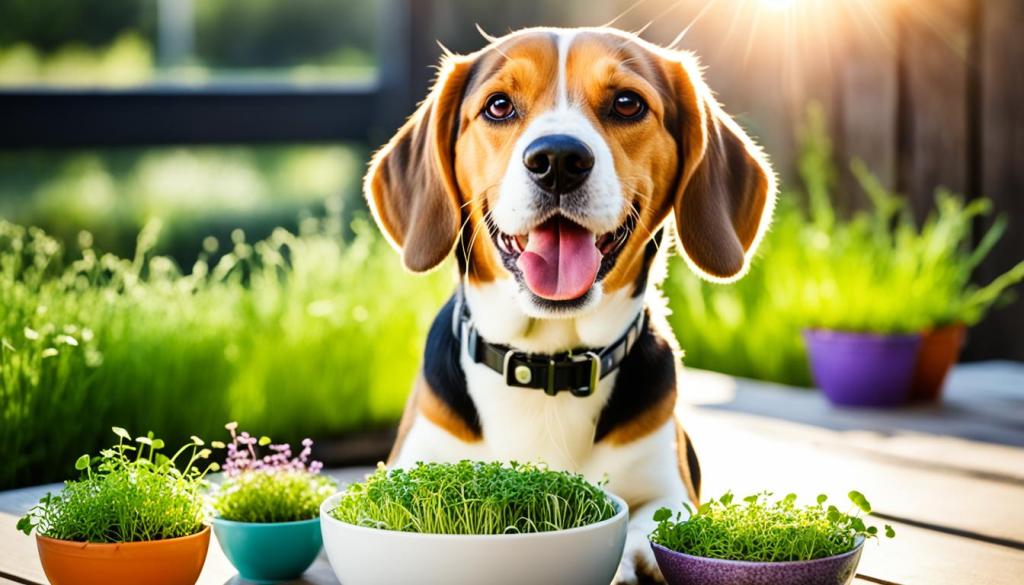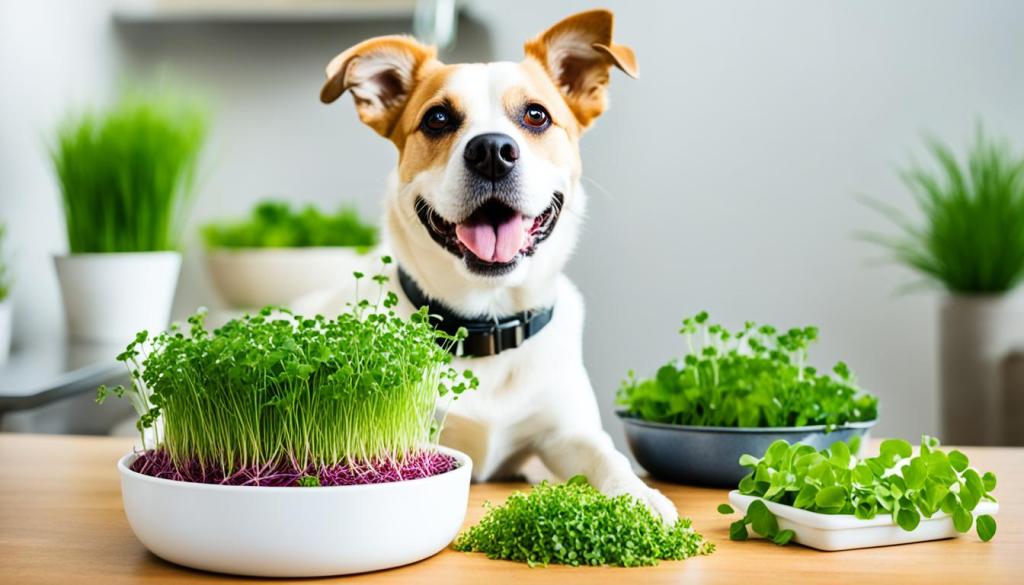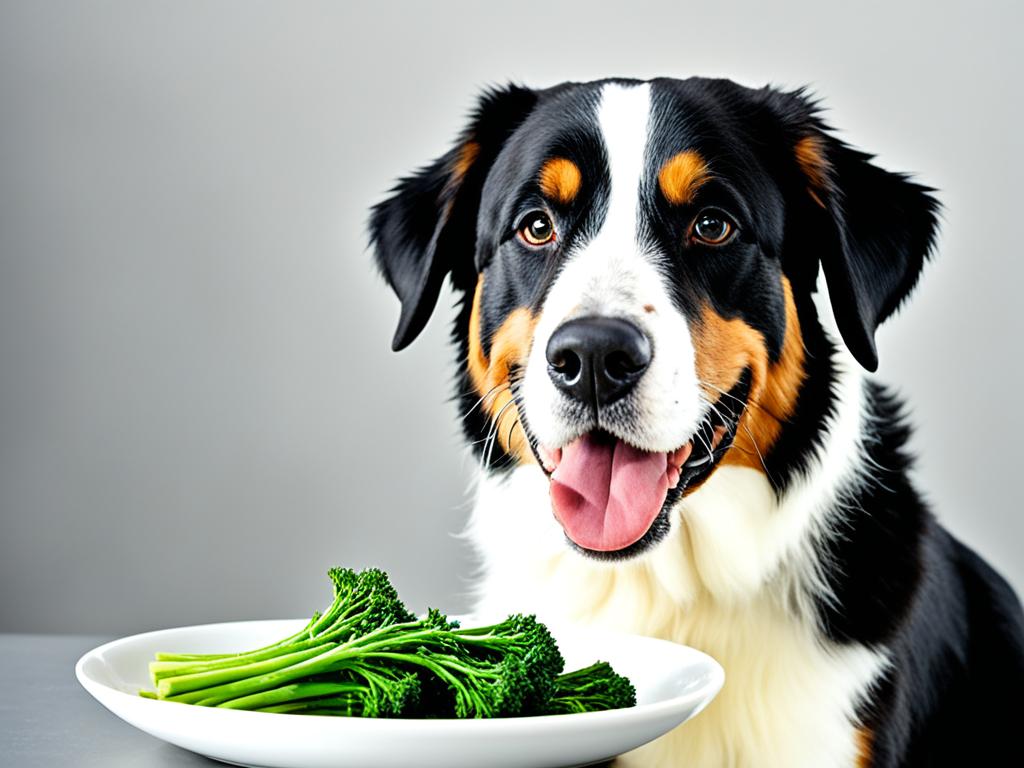As a pet owner, deciphering your canine companion’s vast array of dietary dos and don’ts can often feel overwhelming. This brings us to a common question many dog owners ask: Can dogs eat basil? Understanding the intersection of pet safety, canine nutrition, and basil is crucial for those looking to provide the best care for their furry friends. Including dog-friendly herbs can offer a bounty of health benefits, but knowing which herbs are safe and how they can affect your dog’s health is imperative.
Whether standing before your pantry or gardening in your backyard, knowing which foods and herbs are dog-friendly can be a game-changer. In this exploration, we’ll walk through the savory world of basil and its place in a dog’s diet, ensuring that every pet owner is versed in the culinary herbs that can enrich their dog’s nutrition.
Key Takeaways
- Identify if and how dogs can eat basil without health risks.
- Gain insights into canine nutrition and basil and its potential health benefits for dogs.
- Learn important pet safety tips regarding basil and other dog-friendly herbs in canine diets.
- Discover the best practices for incorporating basil into your dog’s diet safely and beneficially.
- Equip yourself with knowledge to navigate the myths and truths surrounding herbs in dog food.
Understanding Basil and Its Nutritional Value for Dogs
As pet owners increasingly seek to provide their furry friends with a nutritious and varied diet, understanding the benefits of basil for dogs is essential. This aromatic herb, commonly used in culinary dishes for its distinctive flavor, is also packed with nutrients that can benefit canine health.
What is Basil?
Basil, sometimes known as Sweet Basil, is an herb in the mint family. Its lush, green leaves and sweet yet spicy aroma characterize it. Originating from Asia and Africa, basil has found its way into kitchens and gardens worldwide. But is basil safe for dogs to consume? When served in moderation, basil can be a safe and tasty treat for your pup.
Essential Nutrients Found in Basil
Basil is not only appealing to the senses, but it also harbors a variety of nutrients that can play a pivotal role in canine wellness. It is rich in vitamins K, A, and C and provides calcium, iron, and magnesium minerals. Basil also contains flavonoids and essential oils that have antioxidant properties, which can help support a dog’s immune system. So, the benefits of basil for dogs can include bolstering their overall nutritional intake.
Comparing Basil to Other Dog-Friendly Herbs
When considering herbs for dogs, basil emerges as a contender for one of the more beneficial greens you can add to your dog’s meal plan. Compared to spices such as oregano, parsley, and thyme, basil offers a similar nutritional profile with its antioxidant properties and essential vitamins. However, as with any herb, it’s crucial to research and consult a veterinarian to understand the benefits and potential risks associated with feeding herbs to dogs.

Can Dogs Eat Basil? Debunking Myths and Facts
As pet owners increasingly seek to enrich their dogs’ diets with fresh, wholesome ingredients, the question of including basil becomes noteworthy. With conflicting information on the web, we aim to provide clear, evidence-based answers and practical advice for dog owners.
Is Basil Safe for Dogs to Consume?
While basil is not toxic to dogs, moderation is vital to prevent any potential risks of feeding it to them. Basil should be consumed carefully, considering individual health conditions and dietary tolerances. In appropriate amounts, basil can be a safe and fragrant addition to a dog’s diet.
Common Misconceptions about Dogs and Basil
Contrary to some online myths, basil is not inherently harmful to canines. However, myths such as ‘basil can cure all digestive woes’ or ‘there are no risks associated with feeding basil to dogs’ need to be addressed. Each dog reacts differently to dietary changes, underlining the importance of personalizing their nutrition.
How Including Basil in a Dog’s Diet Can Be Beneficial
We discover various health benefits when exploring how to feed dogs basil. Basil is rich in antioxidants, supports digestive health, and can freshen breath. Below, find a guide that illustrates how to include basil in a dog’s diet in a balanced and safe manner.
| Benefit | How to Introduce Basil | Recommended Amount |
|---|---|---|
| Antioxidant Support | Finely chopped fresh leaves mixed with food | A pinch (depending on dog size) |
| Digestive Health | Steamed and minced as a topper | One to two leaves |
| Freshen Breath | Incorporated in homemade dog treats | Small quantity within recipe |

Precautions and Recommended Usage of Basil for Canines
While feeding basil to dogs can bring some appealing benefits, guardians of canine companions must exercise caution. As with any change to a dog’s regimen, introducing dog-friendly herbs like basil should be done carefully to ensure it complements their diet without causing discomfort or health issues.
When including basil in a dog’s diet, start with small amounts to monitor how your pet responds. Basil should be seen as a treat or supplement rather than a primary food source—a sprinkle of fresh or dried basil on top of a regular meal is sufficient.

Consultation with a veterinarian is advisable before adding basil, especially if your pet has a history of health concerns or is on medication, as basil may interact with certain drugs. The chart below summarizes some situations where pet owners should be particularly vigilant:
| Scenario | Precaution |
|---|---|
| Dogs with sensitive stomachs | Introduce basil gradually and in minuscule amounts to avoid gastrointestinal upset. |
| Dogs on medication | Check with a vet to rule out potential interactions between basil and prescribed drugs. |
| Breeding females or puppies | The effects of basil on developing or unborn pups are not well-studied; use with caution if at all. |
Remember, every dog is unique, and what works for one might not be suitable for another. Here is a simple checklist for pet owners contemplating the inclusion of basil in their dog’s diet:
- Obtain a quality source of basil, preferably organic, free from pesticides or contaminants.
- Begin by offering a minimal amount and observe your dog for any changes in behavior or digestion.
- Keep an eye on for any signs of allergy or adverse reactions post-consumption.
- Ensure the total amount of basil or dog-friendly herbs remains a small portion of their diet.
Conclusion
As we conclude, the message is clear: Basil can be part of a dynamic and healthful diet for our furry companions when introduced responsibly. Armed with the knowledge of both the benefits and the limits, you, as a pet owner, are better equipped to make informed decisions regarding your dog’s nutritional needs. Incorporating basil into your dog’s diet should always be done with a nod to moderation and understanding your pet’s health history and preferences.
FAQ
Can dogs eat basil?
Yes, dogs can eat basil in moderation. It’s a non-toxic herb that can be included in a dog’s diet as long as it is introduced slowly and given in small amounts.
What are the benefits of basil for dogs?
Basil is rich in vitamins (such as Vitamin K) and antioxidants and has anti-inflammatory properties. These can contribute to a dog’s overall well-being by supporting the immune system and reducing inflammation.
Are there any potential risks of feeding basil to dogs?
While basil is generally safe for dogs, feeding large quantities can potentially lead to gastrointestinal upset. It should always be given in moderation.
How can basil be included in a dog’s diet?
Basil can be included in a dog’s diet by sprinkling a small amount of fresh or dried herb on their food or offering basil-infused treats explicitly created for dogs.
What precautions should be taken when feeding basil to a dog?
One should ensure the basil is free from pesticides and wash it thoroughly. Start with a small amount to gauge the dog’s reaction, and consult with a veterinarian, particularly if the dog has underlying health issues or is on medication.
How does basil compare to other dog-friendly herbs in terms of nutritional value?
Basil contains a unique profile of nutrients, such as Vitamin K and antioxidants that can benefit a dog’s health. While other dog-friendly herbs might provide different benefits, basil is a good choice for adding variety to a dog’s diet.
What are common misconceptions about dogs and basil?
A common misconception is that all herbs are inherently wrong for dogs, while in reality, many herbs, including basil, can be safe and healthy in appropriate amounts.
Is basil safe for dogs with pre-existing health conditions?
Dogs with health issues should have any dietary changes, including the addition of basil, approved by a veterinarian. This ensures that the herb does not interfere with their condition or medication.
Can dogs have basil-infused oils and seasonings?
It’s best to avoid giving dogs basil-infused oils or seasonings as they may contain other ingredients or too much fat for a dog’s digestive system. Pure, simple basil leaves are the safest way to provide this herb to dogs.
Also read a separate guide if you want to offer Egg Shells , Pistachios , Pepperoni , Bok Choy and potatoes to your dogs.
